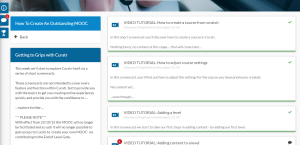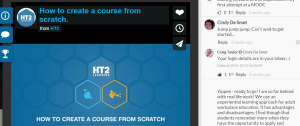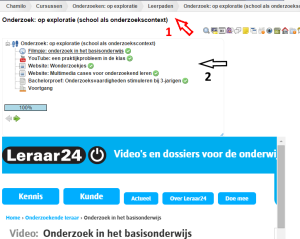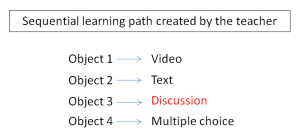Note: this article describes my most recent publication, featuring tips & tricks for primary school teachers who are using Bingel (the leading learning platform created by Van In, the Belgian daughter of Sanoma Education), based on learning analytics and educational research. It was disseminated to 30.000 teachers, and is currently only available in Dutch.
Een digitaal leerplatform, werkt dat eigenlijk wel? En hoe pak ik dat als leerkracht het beste aan?
Om op deze vragen een antwoord te vinden, werkten Uitgeverij Van In en ikzelf de voorbije 2 jaar samen aan een project dat gesteund werd door het Vlaams agentschap Innoveren & Ondernemen. Van In is met het leerplatform Bingel de absolute marktleider binnen het Vlaamse lager onderwijs. Maar liefst 80% van alle Vlaamse scholen gebruikt deze leeromgeving die een verlengstuk vormt van de leerboeken Frans, Wiskunde enz.
Samen schreven we een unieke whitepaper op basis van onderwijsonderzoek én learning analytics. Op die manier garanderen we dat de meest recente wetenschappelijke kennis verwerkt werd, maar dat ook inzichten uit de meer dan 500 miljoen oefeningen die kinderen op het platform maakten, geïntegreerd werden.
Benieuwd? Lees dan onze whitepaper met de 5 X 5 tips en tricks.
Er is ook een aparte whitepaper over Bingel geschreven.
De resultaten van het onderwijsonderzoek zullen later op deze website gepubliceerd worden.
Meer lezen van @drsmetty kan oa. via http://be.linkedin.com/in/smetty of http://twitter.com/drsmetty





